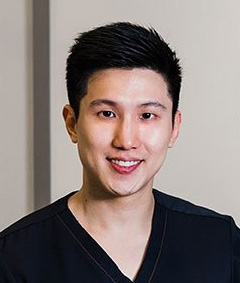Female Hair Loss Treatment
The Ultimate Guide to Hair Loss Treatment for Women
Female Pattern Hair Loss
Women’s most common type of hair loss is androgenetic alopecia, also known as female pattern hair loss or female pattern baldness.
This is seen as hair thinning predominantly over the top and sides of the head. It affects approximately one-third of all susceptible women but is most commonly seen after menopause, although it may begin as early as puberty.
Normal hair fall is approximately 100-125 hairs per day. Fortunately, these hairs are replaced. True hair loss occurs when lost hairs are not regrown or when the daily hair shed exceeds 125 hairs. Genetically, severe hair loss can come from either parents’ side of the family.
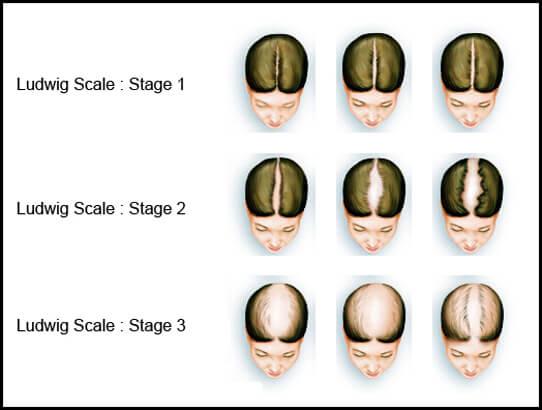
Symptoms
If you are concerned about whether you might be experiencing female hair loss, pay attention to these signs and symptoms:
Circular bald spots
Alopecia areata is a scalp condition in which the scalp has circular or irregularly shaped bald regions. These areas may show up before menopause in women. They can begin to appear at any age, and a variety of factors may cause them.
Alopecia areata can appear like coins and are usually about the size of a quarter. They may join together to form larger bald areas. The hair surrounding the bald spots is often thinned out. You may also see broken hairs and temporary, small bald spots during times of stress.
Thinning on top of the head
Another symptom is gradually thinning hair on the top of the head. This is called diffuse alopecia and may be seen in women with androgenetic alopecia.
In this kind of female hair loss symptom, the hair shaft becomes thinner, but the follicles remain the same size.
If you start to notice that your part is widening or that your hair is thinning on top of your head, it’s essential to see a dermatologist.
A dermatologist can determine if you have diffuse alopecia and start you on the proper female hair loss treatment process.
Sign of Ring Worm
When you hear the word “ringworm,” you may think of a worm burrowing under the skin. But ringworm is actually a fungal infection.
Ringworm often starts as an itchy, red rash. The rash then forms bald, scaly patches. It can affect the scalp and cause patchy hair loss. It can take its toll on anyone, regardless of age or gender.
This symptom is more common in children but can also occur in adults. Female hair loss treatment is generally with antifungal medication.
Full-body hair loss
Full-body hair loss can be one of the symptoms of female pattern hair loss. This is called alopecia universalis and can affect women of any age.
This type of hair loss can be complete or near-complete. The scalp, eyebrows, eyelashes, pubic area, and other body hair may be affected.
Treatment of Female Pattern Hair Loss in Singapore
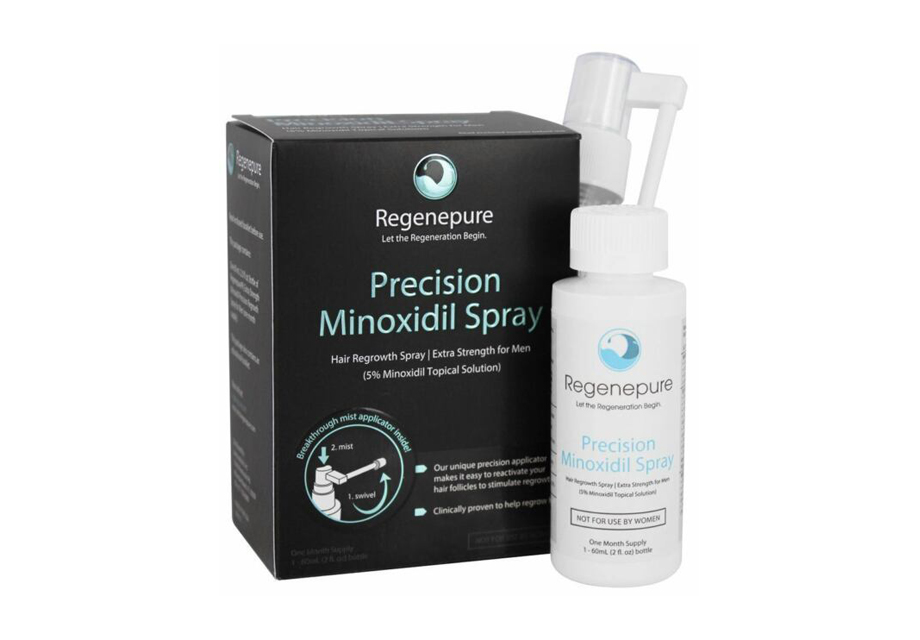
Minoxidil is a non-prescription treatment for androgenetic alopecia or male-pattern baldness.
Popular treatment brands or products use Minoxidil as the main active ingredient, including Rogaine, Loniten, Regain, and Tugain.
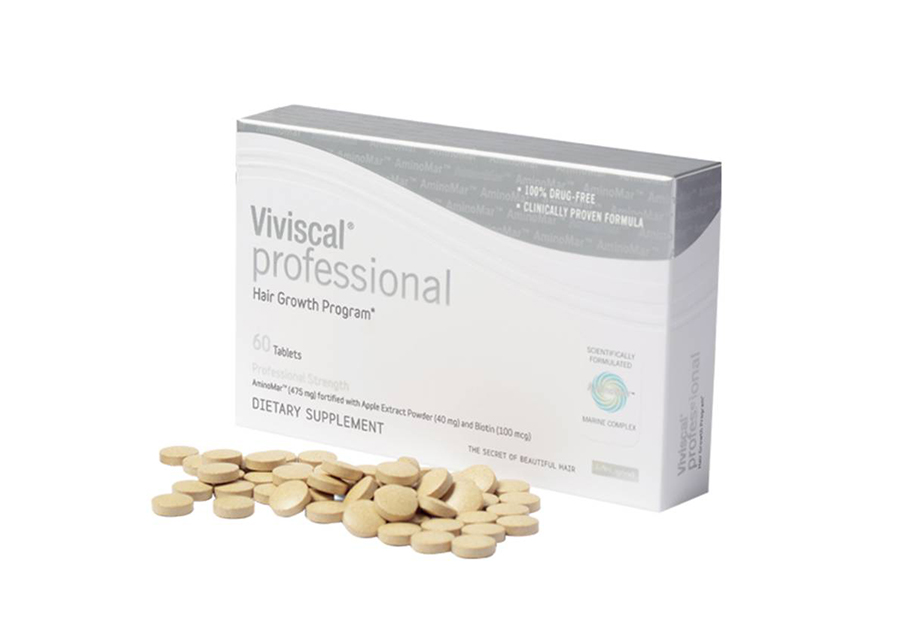
Viviscal® Professional hair supplement is an oral supplement designed to help men and women with thinning hair without the side effects of traditional forms of hair loss treatments.
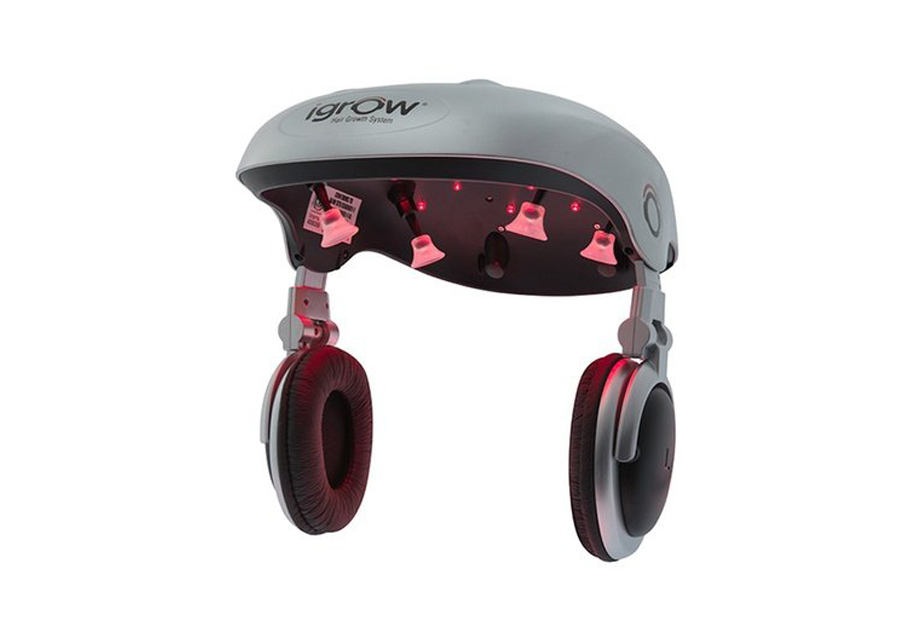
Low-level laser therapy, also called LLLT, is a hair loss treatment in Singapore that nourishes hair follicles by sending energy pulses into inactive follicles. These pulses “spark” those dormant follicles back into a regrowth phase by kickstarting proper circulation and cellular respiration.
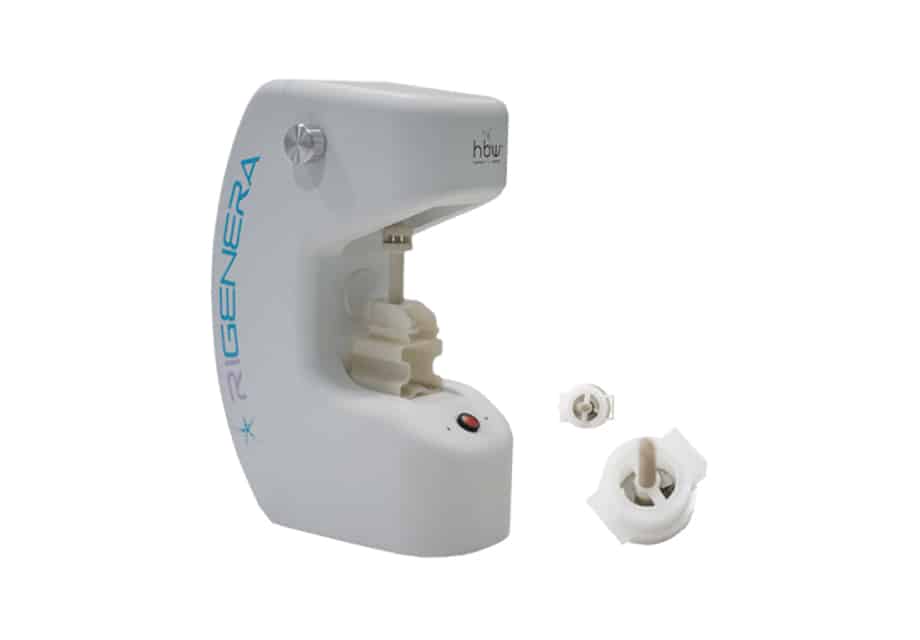
Regenera Activa® is a no-downtime, advanced hair growth treatment process that uses regenerative cells extracted from your scalp to stimulate the other areas that are losing hair.
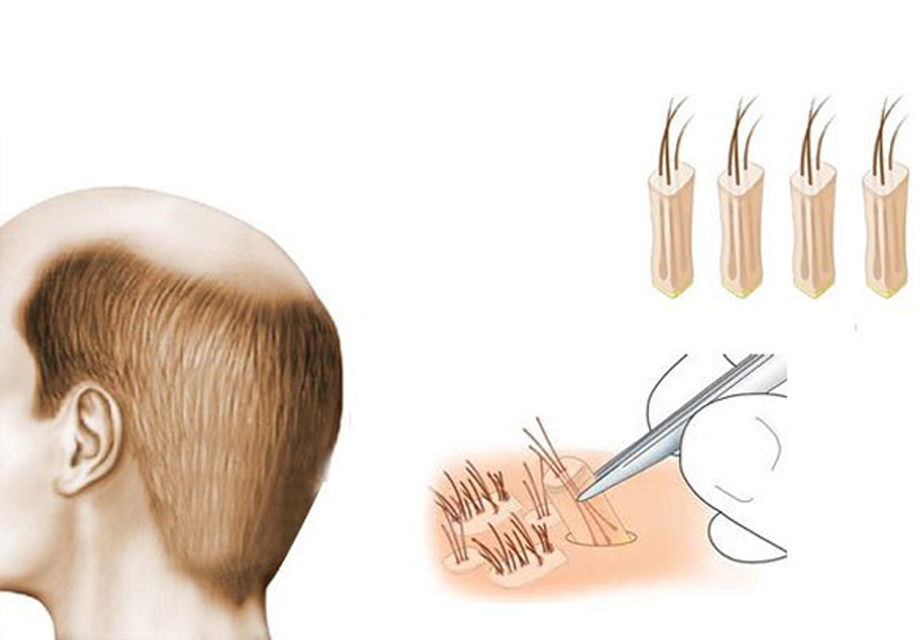
Hair transplant in Singapore is a hair loss treatment that has dramatically evolved over the last five decades.
In the last decade, Follicular Unit Extraction (FUE) has been the gold standard of hair transplant surgery in Singapore.
Causes of Female Pattern Hair Loss
There are many potential causes of female pattern hair loss. Apart from Androgenetic Alopecia or Female Pattern Hair Loss, the second most common cause of hair loss in women is telogen effluvium.
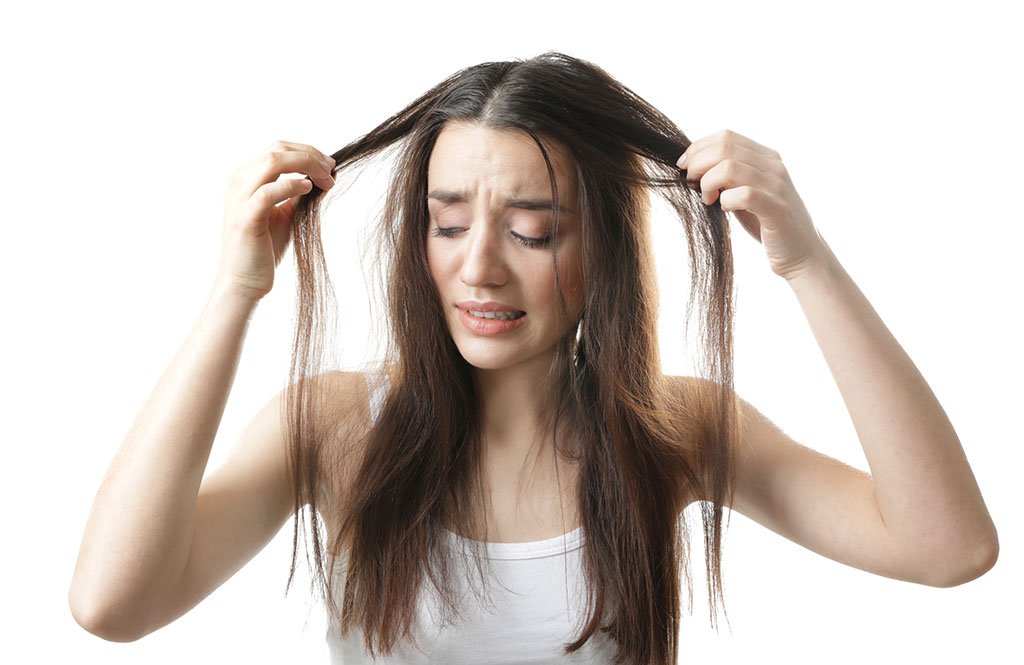
There are many potential causes of female pattern hair loss. Apart from Androgenetic Alopecia or Female Pattern Hair Loss, the second most common cause of hair loss in women is telogen effluvium.
Telogen Effluvium
Telogen effluvium is caused by an increase in the hair follicle that’s entering the resting phase. The following are the most common causes of Telogen Effluvium:
Physical stress: anemia, surgery, illness, rapid or sudden weight change.
Hormonal causes: pregnancy, birth control pills, menopause.
Emotional stress: mental illness, death of a loved one or a family member.
Medications: High doses of Vitamin A, Gout, and Blood pressure medications.
Thyroid abnormalities.
When the above factors that cause telogen effluvium are reversed or corrected, normal hair growth will resume.
Other causes of hair loss in men and women include physical and emotional distress and hormonal considerations, which we’ll further discuss below.
Physical & Emotional Stress
Hair loss in males or females can happen due to a variety of factors, including operations (surgeries), serious illnesses, and emotional stress. Hair production is halted during periods of stress because it is not necessary for survival and instead focuses its resources on repairing essential bodily structures.
In many cases, there is a three-month delay between the actual event and the onset of female hair loss.
Furthermore, a three-month delay may occur before users notice any hair regrowth. When subjected to physical or emotional distress, this implies that the entire hair loss and regeneration cycle can take six months or longer. Hair loss might be caused by a variety of health issues that go undetected.
These include low blood count or anemia and thyroid abnormalities. Simple, inexpensive blood tests can detect both of these conditions.
Hormonal Considerations
Hormonal changes, particularly those associated with pregnancy and birth control pills, frequently cause hair loss in women. Many women are unaware that postpartum hair loss or the termination of birth control pills might induce it.
It’s vital to note that hair loss can take three months to appear after hormone therapy, and new hair growth may take another three months to reach full maturity.
When to seek Medical Advice?
It is always a smart idea to visit or set a consultation with a doctor if you notice some excessive hair shedding. A physician can assist in determining whether or not underlying medical conditions are causing your scalp problems or hair loss problems.
If not, the doctor can provide guidance on dealing with the psychological side effects of hair loss and recommend over-the-counter or prescription treatments.
If you have any concerns about your hair loss, make an appointment to see a doctor, especially if:
You have started to lose hair in small patches on your scalp.
Your hair is falling out in clumps or chunks.
Your hair is receding at the front or sides of your scalp.
You can see your scalp through gaps in your hair.
You have bald spots (alopecia areata) on your head.
Your eyebrows are thinning as well (madarosis).
Your family has a history of hair loss.
While some of these indications may seem minor, it is always best to be proactive about your health and seek medical advice sooner rather than later. This way, you can be advised on the best hair loss treatments for your condition.
How to Prevent Hair Loss?
Female hair loss can be a distressing condition, but fortunately, there are ways one can prevent it from happening.
Be Gentle With Your Hair
The hair on your head is quite delicate, so it’s essential to be gentle when washing, brushing, and styling it. Use a soft-bristled brush, wide-toothed comb, and gentle shampoo and conditioner. Avoid tight hairstyles, such as buns, ponytails, or braids. Don’t use hot rollers, curling irons, or flat irons too often.
It is a good practice to be gentle with your hair when it is wet, as it is more susceptible to hair breakage. Use a wide-toothed comb to detangle your hair, and be especially careful not to tug or pull. Doing so can help promote healthier hair.
Be Careful With Chemical Treatments
Hair coloring, straightening, and other chemical hair treatments can damage your hair. If you do use them, try to limit the number of times you have these treatments done in a year. Also, be sure to use products that are designed for chemically treated hair, which will help minimize damage.
It is also advisable to use hair care treatments that have natural ingredients to ensure that you won’t worsen your hair issues.
Protect Your Head
You should protect your head from the sun and other ultraviolet light sources to prevent hair loss. Wear a hat or scarf when you go outside, and use sunscreen on your scalp if your part is exposed to the sun.
The reason for this is because ultraviolet light can damage the hair follicles, which can lead to hair loss.
Avoid Smoking
Smoking cigars is not only harmful to your general health, but it can also cause hair loss. Smoking constricts blood flow to the scalp’s blood vessels, which reduces blood supply to the hair follicles.
This can result in hair loss as a consequence. If you want to avoid losing your locks, it’s critical that you quit smoking.
Use Coconut to Massage Your Head
Coconut is known for its many health benefits, one of which is preventing hair loss. Coconut oil has nutrients that help promote hair growth. It also has the ability to moisturize and protect the scalp from dandruff, which can lead to hair loss.
To do this method, massage the coconut oil into your scalp for 10 minutes before washing your hair to treat it. You can do this easy remedy for the ideal effects once or twice a week.
To help with relaxation, add a few drops of lavender essential oil to the coconut oil.
Stay Healthy and Positive
Having a healthy lifestyle is vital for overall health and can also help prevent hair loss. Eating a nutritious diet, exercising regularly, and managing stress levels can help keep your hair healthy and prevent hair loss.
With positive thinking, you can also go a long way in preventing hair loss. Believe it or not, your thoughts can significantly impact your physical health. So, if you’re constantly worrying about losing your hair, that worry can become a self-fulfilling prophecy.
Try to stay positive and focus on the things you can control, such as taking care of your hair and scalp.
Consume More Protein Based Food
Protein is essential for healthy hair growth. So, if you don’t consume enough protein in your diet, it can lead to hair loss.
Good protein sources include chicken, fish, tofu, beans, lentils, eggs, and nuts. You can also consider taking protein supplements if you’re not getting enough from your diet.
Also, be sure to eat plenty of fruits, vegetables, and whole grains.
